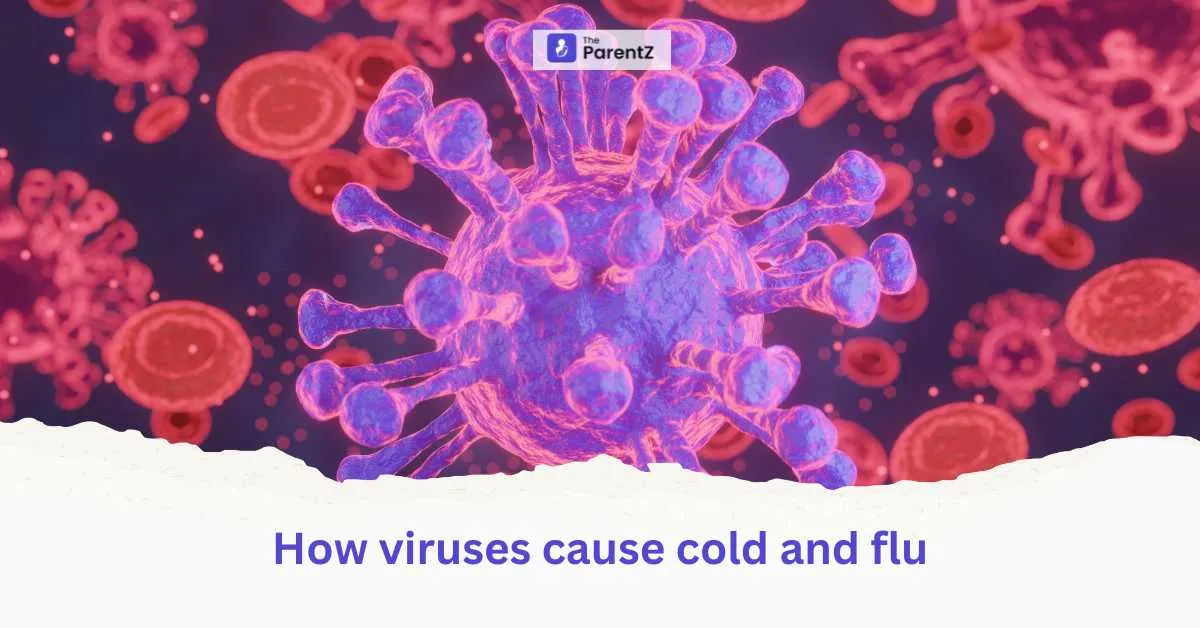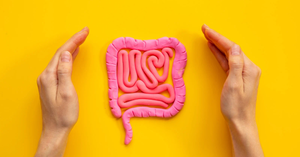Viruses: The Microscopic Agents Behind Colds and Flu
Viruses are microscopic infectious agents that cause a wide range of illnesses, including the common cold and influenza (flu). These illnesses, while widespread and frequently encountered, involve complex mechanisms of infection and immune response. This article delves deeply into the role viruses play in causing colds and flu, exploring the types of viruses, their transmission, the infection process, and how the body combats them.
What Are Viruses?
Viruses are incredibly small infectious agents, ranging in size from 20 to 300 nanometers, much smaller than bacteria. Despite their simplicity, viruses exhibit unique characteristics that make them highly effective pathogens.
Characteristics of Viruses
- Obligate Intracellular Parasites: Viruses cannot reproduce independently. They must infect a host cell to replicate.
- Host Specificity: Many viruses target specific cells within particular species, ensuring efficient infection.
- High Mutation Rates: Especially prevalent in RNA viruses, this leads to rapid genetic variability and the ability to evade immune responses.
Viruses That Cause the Common Cold
Rhinoviruses
- Prevalence: Rhinoviruses are the leading cause of common colds, responsible for nearly 50% of cases.
- Characteristics: These viruses thrive in cooler environments, such as the nasal passages, making them ideal for upper respiratory tract infections.
Coronaviruses
- Pre-COVID-19 Strains: Certain strains of coronaviruses have long been associated with mild respiratory infections like colds.
- Characteristics: These viruses exhibit structural features that allow them to bind effectively to respiratory cells.
Other Viruses
- Adenoviruses: Known for causing cold-like symptoms and sometimes gastrointestinal issues.
- Respiratory Syncytial Virus (RSV): A significant cause of respiratory illness in infants and the elderly.
- Enteroviruses: Less common but capable of causing colds and related symptoms.
Viruses That Cause Influenza (Flu)
Influenza Viruses
- Types: Influenza A, B, and C are the primary categories, with A and B being the most impactful for humans.
- Characteristics: Influenza viruses mutate frequently, leading to seasonal variations and requiring updated vaccines annually.
- Mutation and Reassortment: These processes enable influenza viruses to jump between species and evade immune detection.
Transmission of Cold and Flu Viruses
Modes of Transmission
- Airborne Droplets: Viruses are released into the air when an infected person sneezes, coughs, or talks, allowing them to infect others.
- Direct Contact: Touching an infected person or their secretions can spread viruses.
- Indirect Contact: Fomites, or contaminated surfaces, play a significant role in transmission when touched, followed by contact with the face.
Factors Influencing Transmission
- Seasonality: Colder weather leads to indoor crowding and reduced humidity, creating ideal conditions for viral spread.
- Host Factors: Age, immune system strength, and existing health conditions affect susceptibility.
The Infection Process
Entry into the Host
- Attachment: Viral surface proteins bind to specific receptors on host cells.
- Penetration: Viruses enter host cells through endocytosis or membrane fusion.
Replication and Assembly
- Uncoating: The viral capsid disassembles, releasing genetic material.
- Replication: Viral DNA or RNA commandeers the host's cellular machinery to produce viral components.
- Assembly: Newly synthesized components are assembled into complete viral particles.
Release of New Viruses
- Lysis: Non-enveloped viruses often burst the host cell, releasing new particles.
- Budding: Enveloped viruses exit by acquiring a lipid envelope from the host cell membrane.
Spread Within the Host
- Newly formed viruses infect nearby cells, enabling the infection to spread throughout the respiratory tract.
How Viruses Cause Symptoms
Damage to Respiratory Epithelium
- Cell Death: Infected cells undergo apoptosis or necrosis, disrupting respiratory function.
- Ciliary Dysfunction: Loss of cilia impairs mucus clearance, leading to congestion.
Immune Response
- Innate Immunity: The body’s first line of defense involves inflammation and interferons.
- Adaptive Immunity: The body generates a specific response involving T cells and antibodies.
Symptoms Resulting from Immune Response
- Fever: Elevated body temperature inhibits viral replication.
- Sore Throat and Cough: Inflammation of mucosal linings causes discomfort.
- Muscle Aches and Fatigue: Cytokine release impacts muscle tissue.
Differences in Pathogenicity Between Cold and Flu Viruses
Severity of Symptoms
- Common Cold: Generally mild, with symptoms like runny nose and sneezing.
- Influenza: Often severe, with fever, body aches, and risk of complications.
Immune Evasion Strategies
- Influenza Viruses: Rapid mutation and antigenic shift help evade immunity.
- Common Cold Viruses: High diversity ensures ongoing susceptibility.
The Body's Defense Mechanisms
Physical Barriers
- Mucus: Traps pathogens in the respiratory tract.
- Cilia: Propel mucus and trapped particles out of the airways.
- Epithelial Cells: Act as a physical barrier against infection.
Immune Responses
- Innate Immunity: Provides an immediate, nonspecific response.
- Adaptive Immunity: Generates long-term protection through memory cells.
Prevention and Treatment
Preventive Measures
- Vaccination: Annual flu vaccines protect against dominant strains.
- Hygiene Practices: Handwashing and avoiding contact with infected individuals reduce transmission.
- Public Health Measures: Policies like mask-wearing and social distancing limit outbreaks.
Antiviral Medications
- Influenza: Antiviral drugs like oseltamivir can reduce the severity and duration of symptoms.
- Common Cold: No specific antivirals exist, but symptom management is effective.
Symptomatic Treatments
- Decongestants: Help relieve nasal congestion.
- Antipyretics: Reduce fever and discomfort.
- Cough Suppressants: Alleviate coughing for better rest.
Complications Arising from Viral Infections
Secondary Bacterial Infections
- Mechanism: Viruses damage mucosal barriers, allowing bacteria to invade.
- Examples: Sinusitis, ear infections, and bronchitis.
Severe Influenza Complications
- Pneumonia: Viral or bacterial.
- Exacerbation of Chronic Conditions: Asthma and heart disease can worsen.
- Rare Complications: Neurological issues like encephalitis or myocarditis.
The Role of Research and Vaccination Programs
Influenza Surveillance
- Global Monitoring: Tracks circulating strains to inform vaccine updates.
- Organizations: Groups like the WHO and CDC play key roles.
Vaccine Development
- Challenges: High mutation rates make it difficult to predict strains.
- Advances: mRNA vaccines offer promising flexibility.
Antiviral Resistance
- Emergence: Overuse of antivirals contributes to resistance.
- Strategies: Rational use and development of new drugs are critical.
Conclusion
Viruses cause colds and flu by invading respiratory epithelial cells, hijacking cellular machinery, and triggering immune responses. While the common cold is mild and self-limiting, influenza can lead to severe complications. Understanding these mechanisms helps in developing effective prevention and treatment strategies, underscoring the importance of vaccination, hygiene, and research in combating these pervasive infections.








Be the first one to comment on this story.